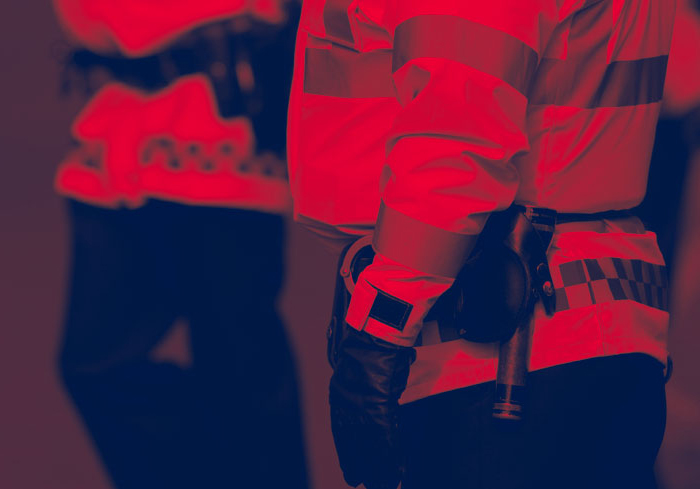Taking the Biscuit
When it comes to commercial life, we are all familiar with logos and designs as trade marks. However, it is possible to register 3D shapes as trademarks as well although it might be more difficult to envisage what shapes might be successfully trade-marked. It does not stop some companies trying.
Take a recent case between two giants of the chocolate trade, Nestle and Cadbury. Nestle had submitted an application in respect of the humble Kit-Kat, or at least the “four finger” version. It argued that through over 80 years of use, it had acquired the appropriate distinctiveness and was the fifth highest selling biscuit in the UK.
The UK Intellectual Property Office refused the application and on appeal at Court, the same result occurred. The test outlined by the Court was whether a significant proportion of people perceived the biscuit as originating from Kit Kat (or the company owning the brand) because of the shape in question (as opposed to any other trade mark which might be present like the name or the logo). In this regard, Nestle failed to prove their case since the four finger shape was marketed in a wrapper which did not show the shape of the goods, and the name and logo on the wrapper was what identified the goods to the consumer. There were also other biscuits with a similar shape on the market so the four finger shape had not acquired the level of distinctiveness required.
A more recent case from this year has just decided that the shape of a London cab is not covered either since it is merely “a variation of a typical shape of a taxi”.
So, what shapes have succeeded to date? Very few, it seems. However, Nestle already have the most obvious chocolate one successfully registered, the so-called “zig-zag prism” otherwise known as the distinctive shape of Toblerone.










